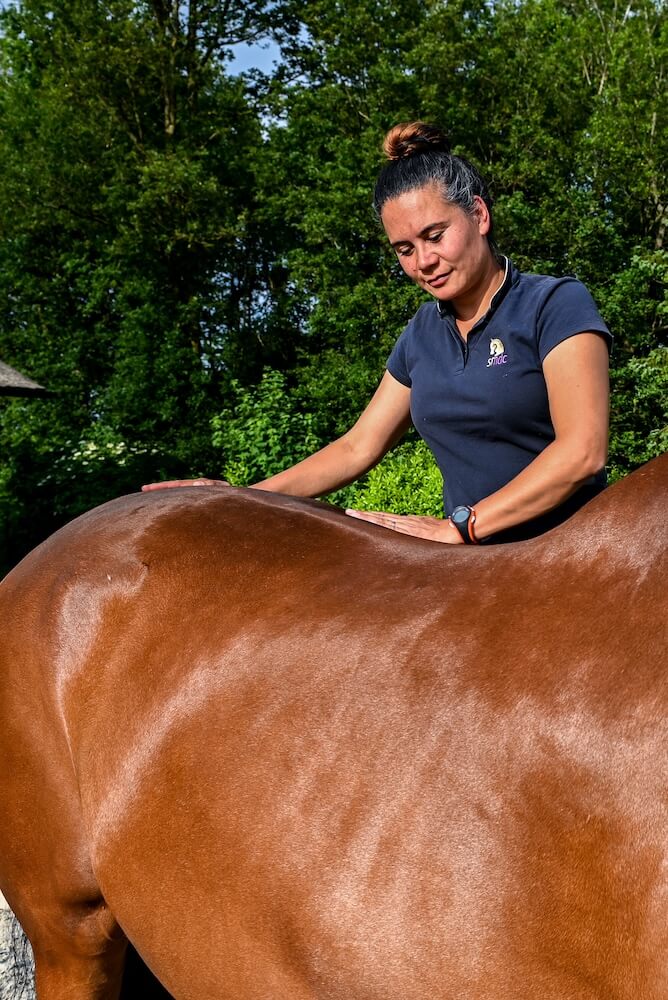Home » Treatment options » Physiotherapeutic
Physiotherapy and Chiropractic Care
Treatment options
- Orthopedics
- Internal Sports Medicine
- Dentistry
- Physiotherapeutic
- Farrier
- Supplements
Opening hours
- Mon - Fri : 8.00 AM - 5.30 PM
- Saturday : closed
- Sunday : closed
+ 31 (0)412 745500
Recovery and rehabilitation programs with physiotherapy
At SMDC, we work closely (with daily presence) with the physiotherapists of DD-Physio or with your own physiotherapist at home. Thanks to this collaboration, we can offer our patients a complete and customized recovery and rehabilitation program.
Here we focus on:
- Prevention: early detection of abnormalities, screening, and optimization
- Rehabilitation: after injury or procedure, with a structured training program
- Performance optimization: guiding sport horses toward peak performance
Treatment methodes
- Physiotherapy
- Manual therapy and orthomanual techniques
- Chiropractic care (FES-certified)
- Fascia release, dry needling and medical taping
- Laser and Electrotherapy
- Exercise therapy, recovery and rehabilitation training, management advice
- Posture analysis, treatment and guidance for riders
The foundation is built on six core principles:
Pain – Coordination – Stability – Mobility – Strength – Endurance
These are tailored to the horse’s discipline and integrated into the treatment plan.
Collaboration between our SMDC specialists creates a unique synergy. Physiotherapists take an active part in consultations and treatments and are an essential part of the guidance toward full recovery and performance.
How does a physiotherapy consultation work?
Anamnesis (medical history)
- Discussion of the horse’s medical history, training routine, and any existing complaints.
Inspection
- Observation of the horse at rest to assess general posture and any visible abnormalities.
General palpation
- Evaluation of muscle tension.
- Identification of increased temperature, swelling, pain, and other changes.
Dynamic evaluation
- Analysis of the horse in motion, both in hand, on the lunge, and if needed under saddle, to identify compensation patterns and asymmetries.
Objective gait analysis
- Use of advanced technologies, such as artificial intelligence, to collect precise data on the horse’s movement pattern.
- These objective measurements support the clinical findings and help in developing a targeted treatment plan.
Examination of the spine
- Assessment of spinal and pelvic mobility, both regional and segmental.
- Assessment of joint mobility, including the degree and quality of movement as well as pain response.
Examination of the limbs
- Evaluation of effusion, swelling, localized edema, and other changes.
- Assessment of joint mobility, including the degree and quality of movement as well as pain response.
Specific palpation
- Careful palpation of joints, tendons, and ligaments.
- Identifying pain points and assessing tissue condition.
Establishing examination findings and treatment plan
Based on the examination, a clear conclusion is formulated and, together with the owner and, when indicated, through multidisciplinary consultation, create an appropriate treatment and rehabilitation plan.
Treatment and advice
A variety of physiotherapeutic and chiropractic techniques are used, complemented by exercises, management, and training advice to support recovery and help prevent future problems.

Together with the best specialists in their fields, we provide the most optimal support for your horse.
Feel free to contact us to discuss the options for your horse.
